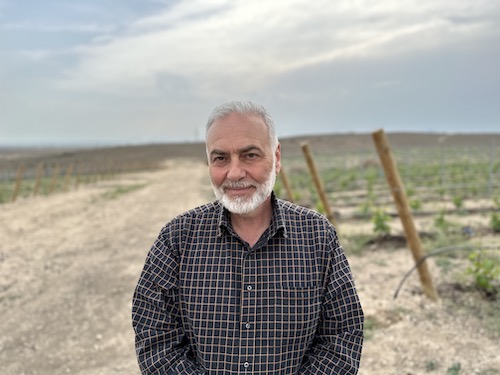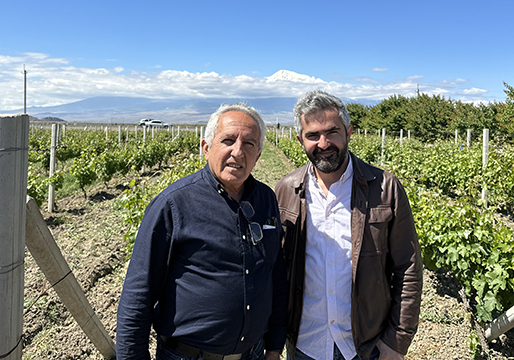Wine isn’t just a liquid. It’s also a mindset. And, while we enjoy all kinds of wine both at home and at restaurants, there is something about vacation wines that makes them better to us.
Monthly Archives: July 2023
- July 28, 2023
- July 23, 2023
Van Ardi Winery is devoted to crafting wines that are a true reflection of Armenia's vinicultural heritage. Among their flagship offerings is wine from the indigenous Areni Noir grape. This red wine exudes an aroma of ripe red fruits and spices, leading to a velvety palate with a balanced structure. Another highlight is Voskehat, an indigenous white grape, with notes of citrus, apricot, and floral undertones.
Washington is the second-largest wine producer in the U.S. and we’ve been fans for a long time. In our last “Tastings” column for The Wall Street Journal in 2009, we wrote that three of our most delicious wines of the year were from Washington (Syrahs from Dunham, Owen Roe and Gramercy Cellars). So with this question in our minds, we bought a mixed case of Washington wines. We weren’t particular. We just wanted the price to even out below $25, with a case discount.
Tushpa Winery is nestled below the Biblical Mt. Ararat, in Taperakan village at about 800 meters above sea level. The combination of clay and volcanic soils, ample sunshine, and cool mountain breezes creates an ideal environment for growing grapes with exceptional character. The winery has six hectares of vines and primarily cultivates indigenous grape varieties, such as Haghtanak which reflects the distinct terroir of the Ararat Valley.
- July 06, 2023
Chianti Classico, one of Italy's most prestigious wine regions, announced on July 5th, 2023, that the Italian Ministry of Agriculture has officially approved its Additional Geographical Units (UGA) classification system.
The Chianti Classico appellation now encompasses 11 distinct areas, whose names—San Casciano, Greve, Montefioralle, Lamole, Panzano, Radda, Gaiole, Castelnuovo Berardenga, Vagliagli, Castellina, and San Donato in Poggio—can be included on the bottles' front labels, starting with the 2020 vintage.
In June of 2021, the proposal to subdivide Chianti Classico's territory received unprecedented approval from its wine producers, with an overwhelming 97% casting their votes in its favor. Following a two-year wait for government approval, the region's labels can now aptly convey the remarkable diversity of its land.
Aiding Consumers
The UGA classification is based on various factors, including physical, environmental, and human. It mirrors practices seen in other renowned wine regions like Burgundy, with its AOCs (Appellations d'Origine Contrôlée), and Barolo with its MGAs (Menzione Geografica Aggiuntive). Through these systems, consumers can connect the dots between a wine's intricate nuances—aromas, colors, and flavors—and its delineated territory.
Specific to Chianti Classico, wine buyers can now make informed purchasing decisions by understanding, for instance, that wines from Panzano will exhibit a darker hue and fuller body than those from Lamole.
...














